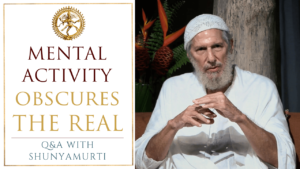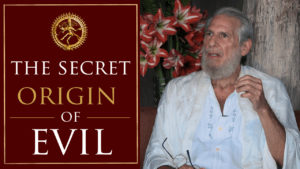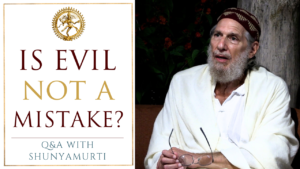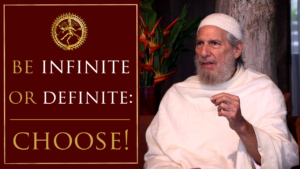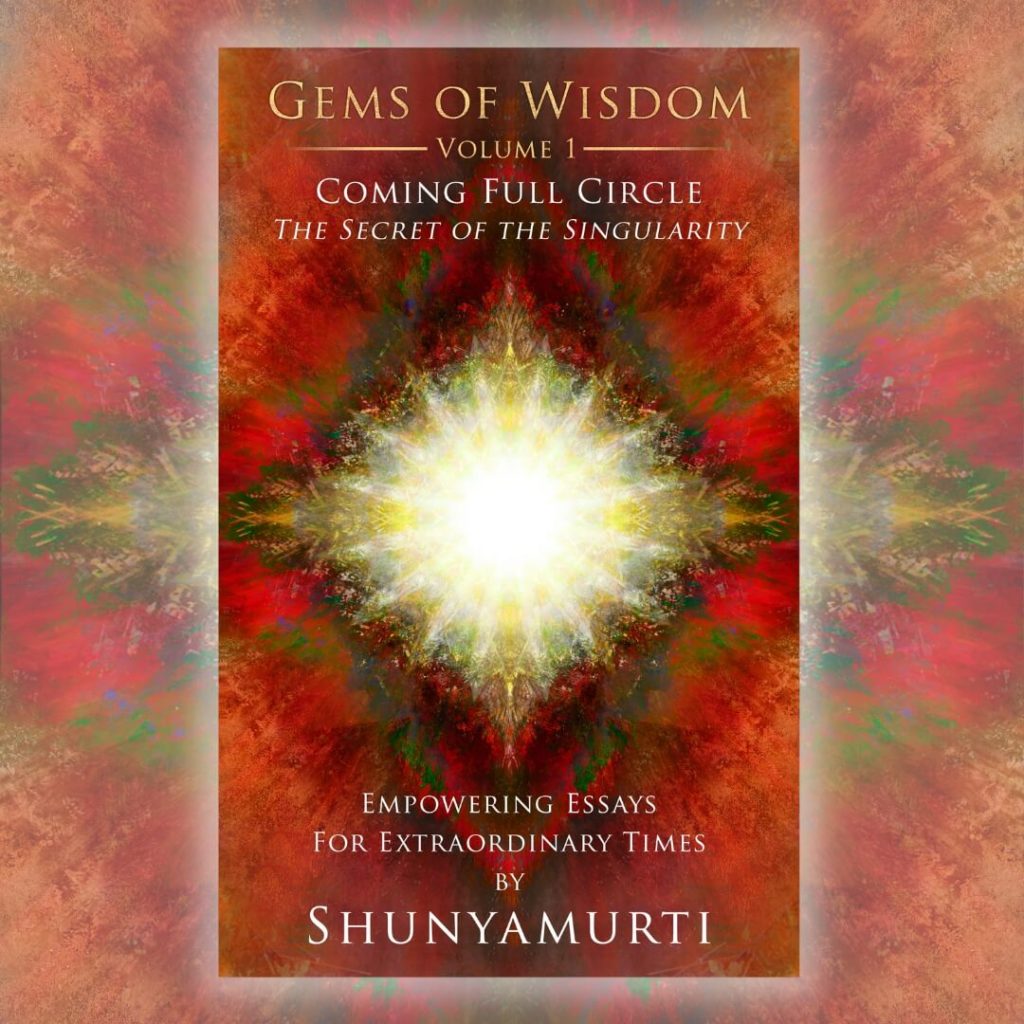By Jagdish |
Is it still possible to create a refuge in which honeybees can thrive? In this bee-dream that Sat Yoga is dreaming, the intention is to provide the bees the world that God intended.
The Sat Yoga Bee Dream
We live in a double dream as Shunyamurti reminds us:
“The world we perceive is God’s dream. God creates the world in pristine beauty as the Kingdom of Heaven. But He also gives each human ego the freedom to create its own dream.”
Thus, it is God’s dream that gifts our world with the inconceivable wonder that is the honeybee. Yet, parallel to God’s dream lies the hubris of mankind’s sub-dream that is driving the honeybee to extinction.
Arunachala, the Mountain of Light that is home to the Sat Yoga ashram, enjoys a rainforest microclimate exceeding 5 meters of annual precipitation. From a beekeeper’s perspective, it is among the least desirable locations in Costa Rica to promulgate bees. But in the practice of fomenting life, in promoting an ark that the ashram is, the bees are thriving and have played an essential role, first and foremost, as pollinators. The more pollination that occurs, the more fertilized seeds, hence the more abundant the flora, which in turn encourages the fauna, and so on in a continuous virtuous cycle. Though impossible to quantify, the results have been palpable.
In this bee-dream that Sat Yoga is dreaming, there can be no final mark of success or failure. The usual metrics of a beekeeper’s success have little place in the ashram. Perhaps the harsh local conditions will allow a robust honey harvest, but it’s possible they won’t. At the end of the day, the only relevant question is, “Are the bees thriving?” If so, then all else will fall into place.
Beekeeping on Arunachala
Many beekeeping practices have been undertaken at the ashram with the professional guidance of Luis Zamora, president of The National Beekeepers’ Association and owner of Miel Dorada, a family-owned business dedicated to the sustainable and environmentally conscious production of bee honey and hive products. One approach specifically addresses one of the numerous factors leading to the mass die-off of bees: habitat destruction. In the not-so-distant past, bees thrived by inhabiting the split trunks of giant forest trees that had been struck by lightning. Such trees don’t exist anymore. Suitable homes for passing swarms are rare. To encourage the wild population, empty hives are set out in remote regions to provide adequate habitats. Those hives that we actively maintain are scattered throughout the ashram in apiaries that, to the greatest extent possible, are afforded shanti: peace, silence, stillness. The intention is to provide the bees the world that God intended.
The best practices of conventional beekeeping are embraced but always with the question, “What’s best for the bees?” rather than “What’s the standard practice?” or, “What’s best for me?” So, for example, bees at Arunachala are fed mostly honey rather than sugar solution as only honey contains the enzymes, proteins, and essential minerals required for the colonies’ health and resistance. Antibiotics and other chemical treatments are avoided. The production of honey, pollen, propolis and beeswax, while highly desirable, have been of secondary importance since the inception of beekeeping at the ashram. We are grateful if, as stewards of the bees, we are granted surplus honey and other offerings. What’s most important is the strength and health of the bees.
Honey is not Money
Competitive pressures require economies of scale that lead to the necessity of managing hundreds, if not thousands of hives. Bee colonies become commodities for the purpose of fulfilling the beekeepers’ objectives. The ways humans mistreat the bee, often with the best intentions, are countless. When observing the ways modern society interacts with nature and strives to bend it to its wishes, it’s no wonder the honeybee populations – and insects overall – are diminishing quickly.
Bees have been subjected to our commercial interests only recently. Often, attention to the bees’ best welfare is deemed impractical and costly from a commercial perspective. As with most animal husbandry, commercial beekeeping is approached with the bottom line in mind. The adverse implications for the bees come secondarily as they endure the consequences. The desire for both honey and money is unquenchable. Subjecting the bees to our soulless monetary paradigm is the tragedy of our times.
We are novice beekeepers with no experience beyond Arunachala. We are blessed in being able to work in a corner of the country that is relatively pristine. Our neighborhood includes tracts of primary forests and no industrial agriculture. It’s impossible to attribute any measure of success to our approach alone. Though perhaps it’s notable that in the few years of keeping bees, the presence of Varroa destructor, a potentially devastating parasitic mite, has been unusually low. Indeed, in a recent examination of all 35 hives, half were Varroa-free. These may be the only such hives in Costa Rica.
Bee-ing as Intelligent as the Bee
Is it possible to bring about an alternative dream, one more closely aligned with God’s? In the current context, amid such environmental degradation and plagues afflicting the honeybee, what would God’s dream look like? Is it still possible to create a refuge in which honeybees can thrive? What would beekeeping look like were the beekeeper the guardian of the bees and not the master whose physical well-being is to be served? How would the bees respond if it were their needs that came first rather than the beekeepers?
We enjoy the company of our honeybees as we go about our karma yoga, in the gardens or on walks about the land. Their familiar buzz in our midst is comforting, like the smile of an old friend. While we work hard and do our best to achieve mutually desirable results, we live in acceptance of whatever may come.
Ultimately, the fate of Arunachala’s bees will be determined by factors far beyond our well-intentioned practices alone. The effects of an avariciously materialistic society are bound to take their toll, even upon the relatively pristine surroundings of Arunachala. Or will they? It depends on whether we can become as intelligent as the bee in our treatment of one another and of our world.
Namaste,
Jagdish







